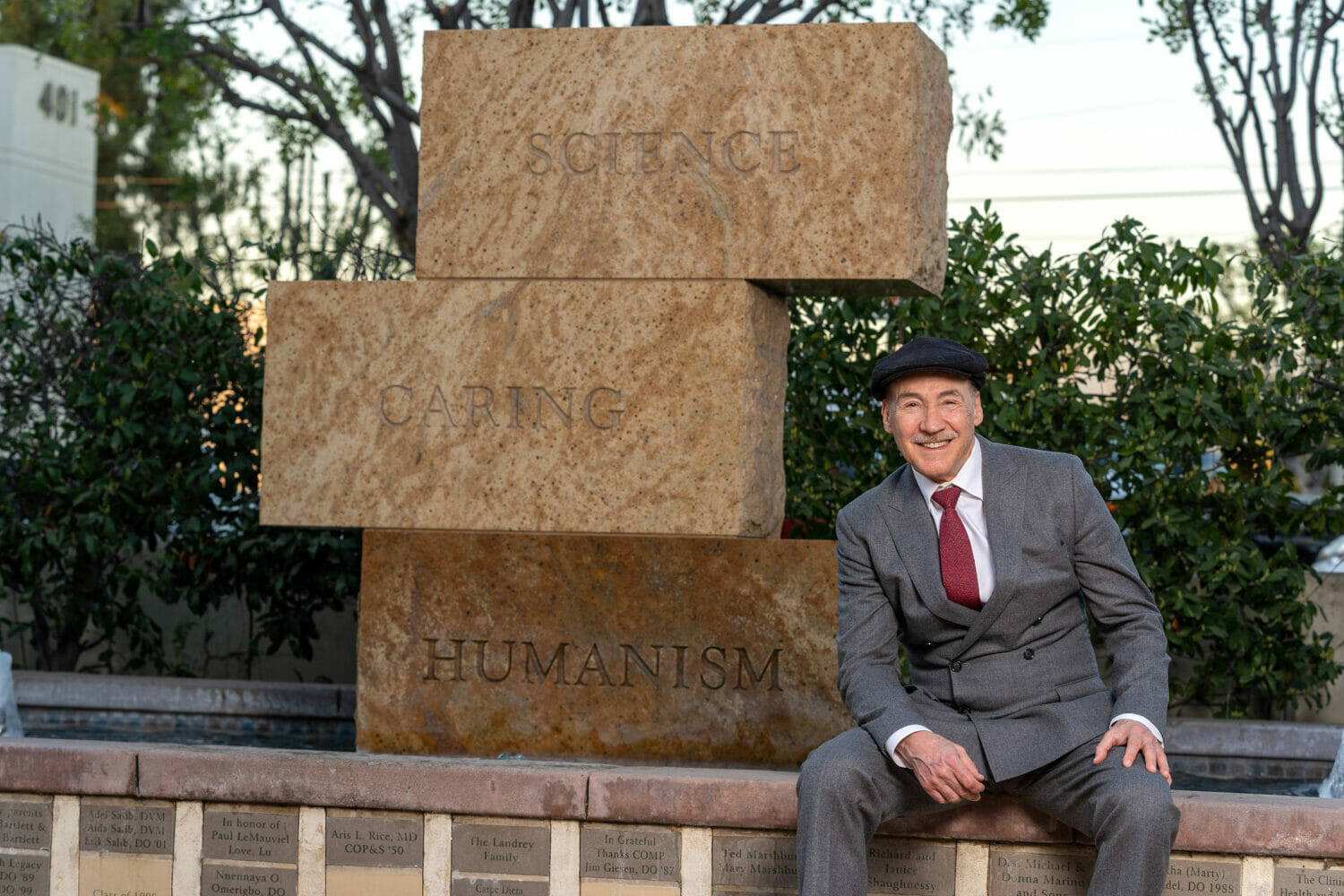WesternU researchers identify new mechanisms in learning and memory
Western University of Health Sciences scientists published a study in The Journal of Neuroscience that adds new pieces to the puzzle of how we learn.
The paper is titled “Calpain-2-mediated PTEN Degradation Contributes to BDNF-induced Stimulation of Dendritic Protein Synthesis,” by Victor Briz, Yu-Tien Hsu, Yi Li, Erin Lee, Xiaoning Bi, and Michel Baudry. Click here to view the paper, which was published in the March 6, 2013 edition of The Journal of Neuroscience.
The study builds on 30 years of work by Graduate College of Biomedical Sciences Dean Michel Baudry, PhD. The paper tests the hypothesis that calpain activity is required for BDNF-stimulated local protein synthesis, a key step in the molecular mechanism underlying learning and memory.
Brain-derived neurotrophic factor (BDNF) and its signaling pathway play an important role in the cellular mechanisms underlying long-term potentiation of synaptic transmission, a molecular mechanism of certain forms of long-term memory formation.
Calpain is a calcium-dependent protease that normally is not activated in a cell until there is an influx of calcium. Proteases are enzymes that degrade other proteins. The protease calpain is unique in that when it cleaves its targets, it produces a long-lasting modification of their functions.
“About 30 years ago, when I was at UC Irvine working with Gary Lynch, we proposed a new hypothesis for learning and memory, postulating that this enzyme was a key component of the mechanism that modifies the structure and function of synaptic contacts, which form the basis for learning and memory,” Baudry said. “We had a small amount of evidence to support this hypothesis, and we proposed that calpain was really a key component. For some unknown reason, nobody incorporated calpain in their models of learning and memory. To this day I don’t understand why nobody believed it. This is going to change over the next year.”
In previous published research, Baudry and his colleagues established that BDNF can stimulate calpain. BDNF has also been shown to stimulate local protein synthesis.
The new publication determines that the mechanism by which BDNF can stimulate local protein synthesis is through BDNF-mediated stimulation of calpain. The paper also determines that the critical target of calpain to mediate this effect is PTEN (phosphatase and tensin homolog deleted on chromosome ten), a known tumor suppressor protein.
“What we found is that calpain can cleave to PTEN, thereby inactivating PTEN, and in so doing stimulating local protein synthesis,” Baudry said. “Interestingly, when PTEN is mutated, as in several types of cancer, it loses its function. You no longer have this break in protein synthesis, so now you get excessive protein synthesis, which is why cells keep growing and dividing, and that’s why you get cancer.”
The second finding was also surprising, Baudry said. There are several isoforms of calpain, but in the brain there are mainly two isoforms – calpain-1 and calpain-2. These two isoforms are very similar — 87 percent identical, in fact.
“The surprising finding in our study is that PTEN is specifically cleaved by one of these forms – calpain-2,” Baudry said. “For the first time, we identified a substrate that is cleaved by one form of calpain but not by the other one. This is going to give us some clues about what does this form of calpain use to recognize its targets, and maybe give us a clue to find a specific inhibitor for this specific form of calpain.
“Learning and memory is a big puzzle. People have put various pieces of the puzzle in place,
but we are still lacking a complete, detailed picture of how we learn. By bringing together in a coherent picture calpain with BDNF, which people know is required for learning and memory, and local protein synthesis, which people have also talked about for many years, it helps us understand better how we learn.”



